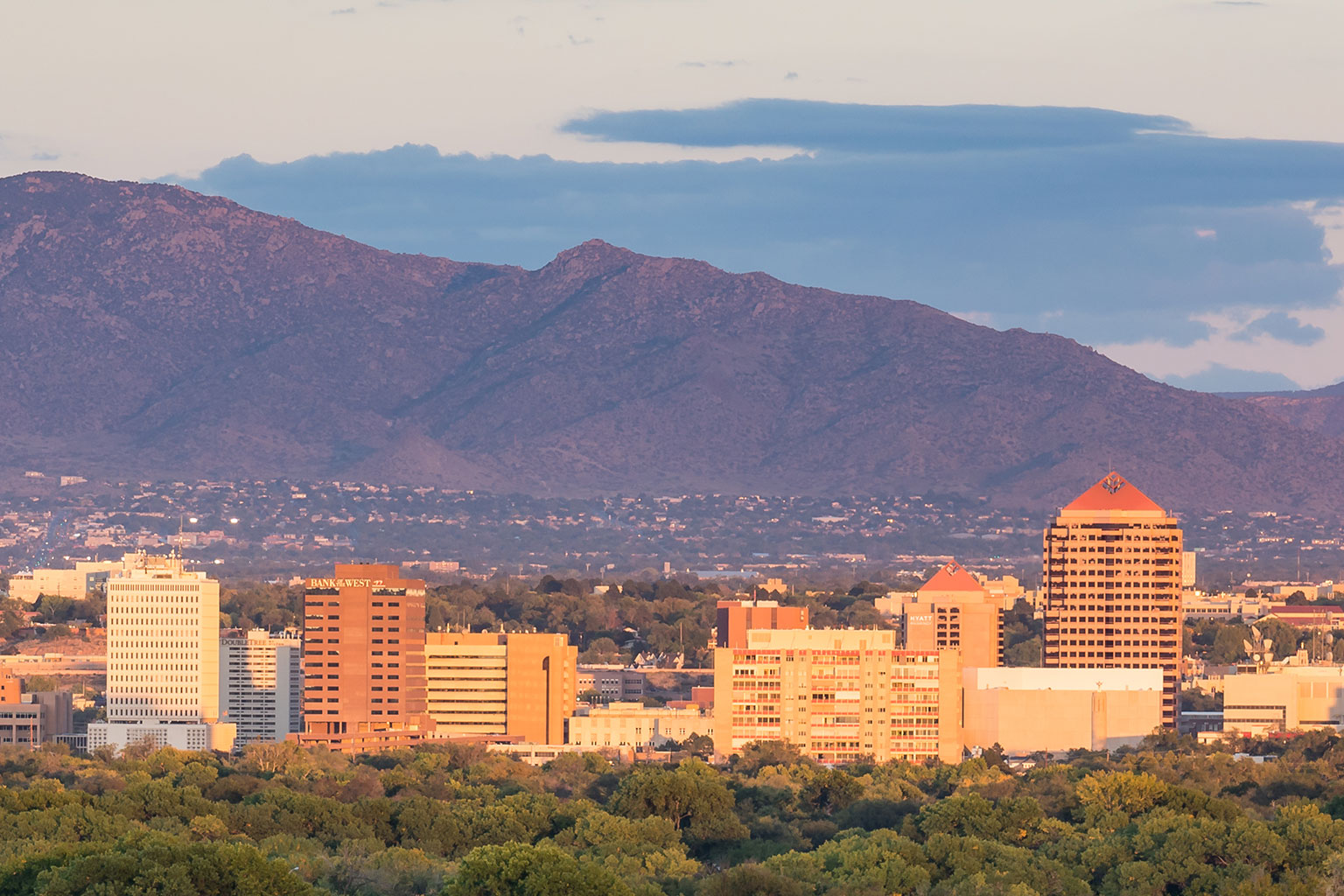It should come as no surprise that the spaces we occupy every day have a huge impact on our overall wellness. The Environmental Protection Agency and Vancouver Coastal Health report that Americans and Canadians spend about 90% of their time indoors. But what about the time we spend outdoors?
Your Welcoa membership has expired.
Leadership, Culture, Strategy – The City of Albuquerque’s Blueprint for Building a Healthy Workforce with Wellness
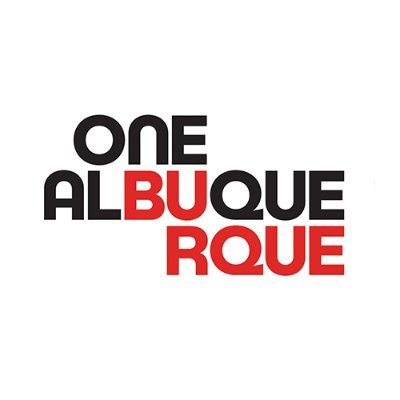
The city of Albuquerque insures more than 18,000 people, including city employees and individuals from 19 other government entities, as well as dependents, spouses, and partners.
The city has made a long-term commitment to wellness and has invested in a five-year strategic plan that includes programs for improving physical activity, nutrition and brain health. It also offers support for lowering health risks associated with chronic disease.
“We fully recognize that our employees are our most valuable asset,” said Rachelle Karman, health and wellness program coordinator for the City of Albuquerque. “We wanted to develop a plan that would help us create a health-conscious work environment and effectively encourage healthy lifestyles across our population. This process began before COVID, but it’s been great to see how the strategy fell right in line with the needs of our workforce.”
From the start, the city focused on leadership buy-in and support to help create a culture of well-being. To inform their process, the wellness team designed a culture survey that went out to all city employees. As they analyzed the results, they made sure to examine how responses from leaders (supervisor, manager, director, and above) compared to the general employee population. Leaders also participated in focus groups with discussions centering on what they needed from the wellness program in order to increase their buy-in and support.
Based on survey and focus group results, the city bolstered its efforts to communicate with leaders in advance of wellness events and key dates. They also offered specific coaching opportunities for leaders.
“One of the surprising things we found in the survey process is that our leaders were actually very receptive to receiving more communication and training,” Karman said. “They were like, ‘of course’ when we asked the question. They believed in wellness. They just needed extra support to help carry it through to their teams.”
Karman said the city relied heavily on the WELCOA Benchmark 1 Toolkit to get more leadership support. The team also meets monthly with WELCOA staff to run ideas by them.
“Partnership with WELCOA has been huge for us,” she said. “They are such a respected resource. Our membership has been extremely valuable in helping us with leadership messaging and training. “
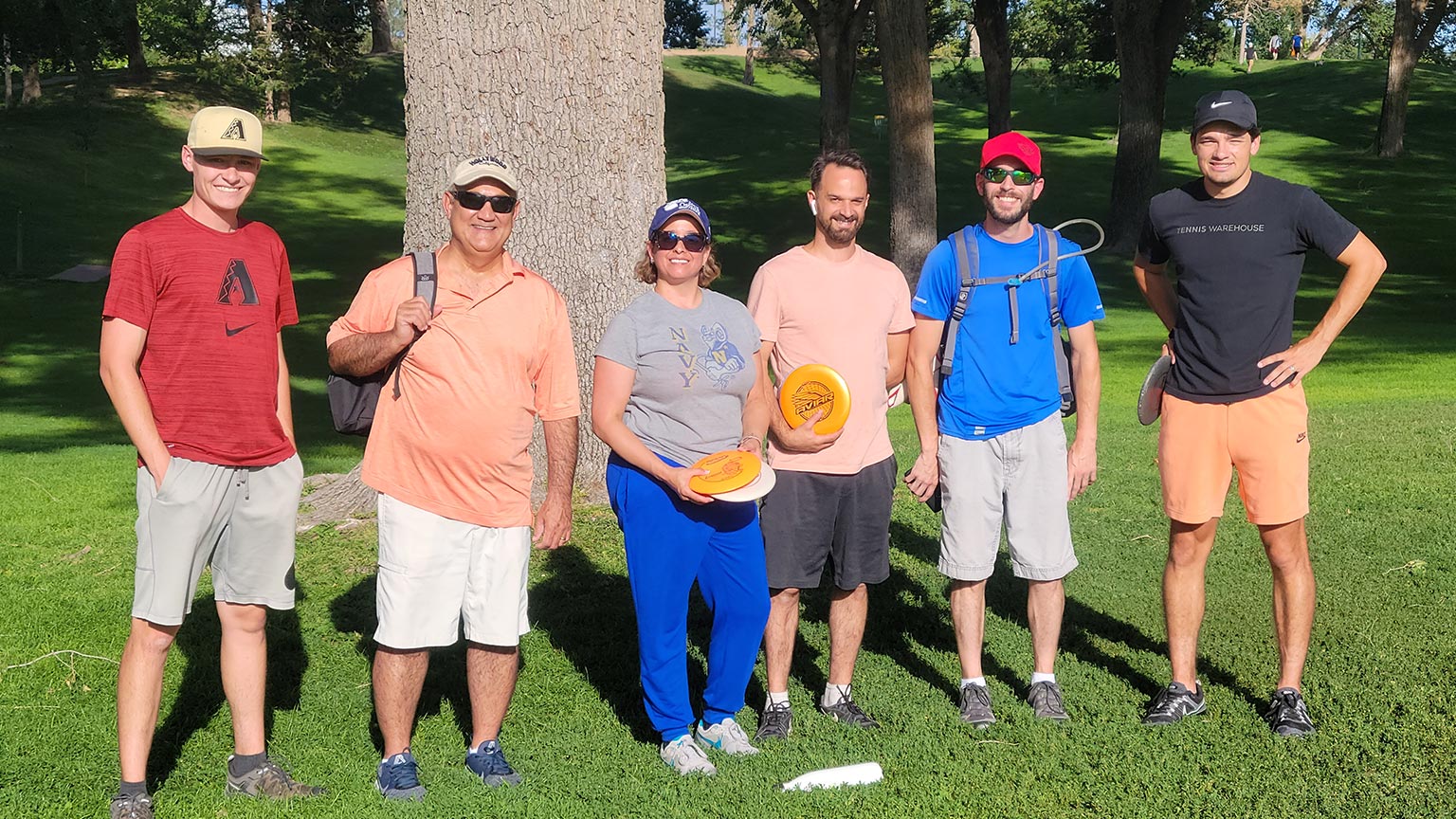
Once the city had a strategic plan in place, they searched for the right partner to help them execute it. They aligned with Solutions Group, a subsidiary of Presbyterian Healthcare Services (PHS), to operationalize their strategies. Along the way, the city has maintained a collaborative team approach to wellness, drawing from the combined expertise of its internal talent, WELCOA staff and resources, and the capabilities and guidance of PHS, to ensure continued success.
“We always want to make sure we are prepared for what’s happening now and what might happen next,” said Karman. “We use our plan as a playbook, but we consistently revisit and revaluate our approach. And we have been very fortunate to create an extended team with outside partners who can bring additional insight and credibility to what we’re doing internally.”
Not All Flowers and Good Feels
Wellness is not just a department or a program within the city. It also isn’t just a feel-good initiative for employees. “We all have collectively gone through this pandemic, and the wellness conversation is one that is extremely critical for all of us to have together,” said Anthony Romero, Director of Human Resources for the City of Albuquerque. “Sometimes wellness is viewed as just flowery feel-good stuff, or in other cases as preachy. But we are having great conversations with coworkers. We’re talking about resiliency and the challenges they face. We are having real discussions and making a real difference through the lens of wellness. It makes me very confident in our approach.”He continued.
“We are all still going through a lot. It’s not easy going back to work and making the transition. Even for me as an HR director, it’s challenging. I take my role seriously. There’s an expectation that I have all the right answers all the time for all city employees. It’s stressful. So, I’m constantly leaning on the tools we provide for wellness, just to support me in my daily tasks. By actively engaging in wellness myself, and listening to colleagues who are sharing feedback along the way, I have a stronger voice at the leadership table. It makes a big difference and helps continue to strengthen the foundation of wellness across our organization”The city’s HR team is continually looking for ways to build on that foundation.
“We are always looking for small ways to make major impacts on the culture and to reinforce what we’re trying to do with wellness,” Karman said. “One example. For team meetings, we usually go through a checklist. This person gets the donuts. This person gets the coffee. Through the wellness program, we can request fresh fruit for team meetings. So we started making sure colleagues were aware that they had access to a fresh spread of fruit to place next to the donuts and coffee. People could choose what they wanted. We saw that most times the fruit was all but gone by the end of the meeting but there were always donuts leftover. People were making the healthy choice because it was available to them.”Of course, there’s no such thing as a free lunch, or free fruit, though.
“So, if you’re going to get the fresh fruit, there is a catch,” she said. “For those meeting agendas, we require that some type of health activity or conversation takes place. It could be a stretching routine or a mindfulness exercise. It could be a discussion about letting go of negativity. You just have to incorporate it into the agenda.”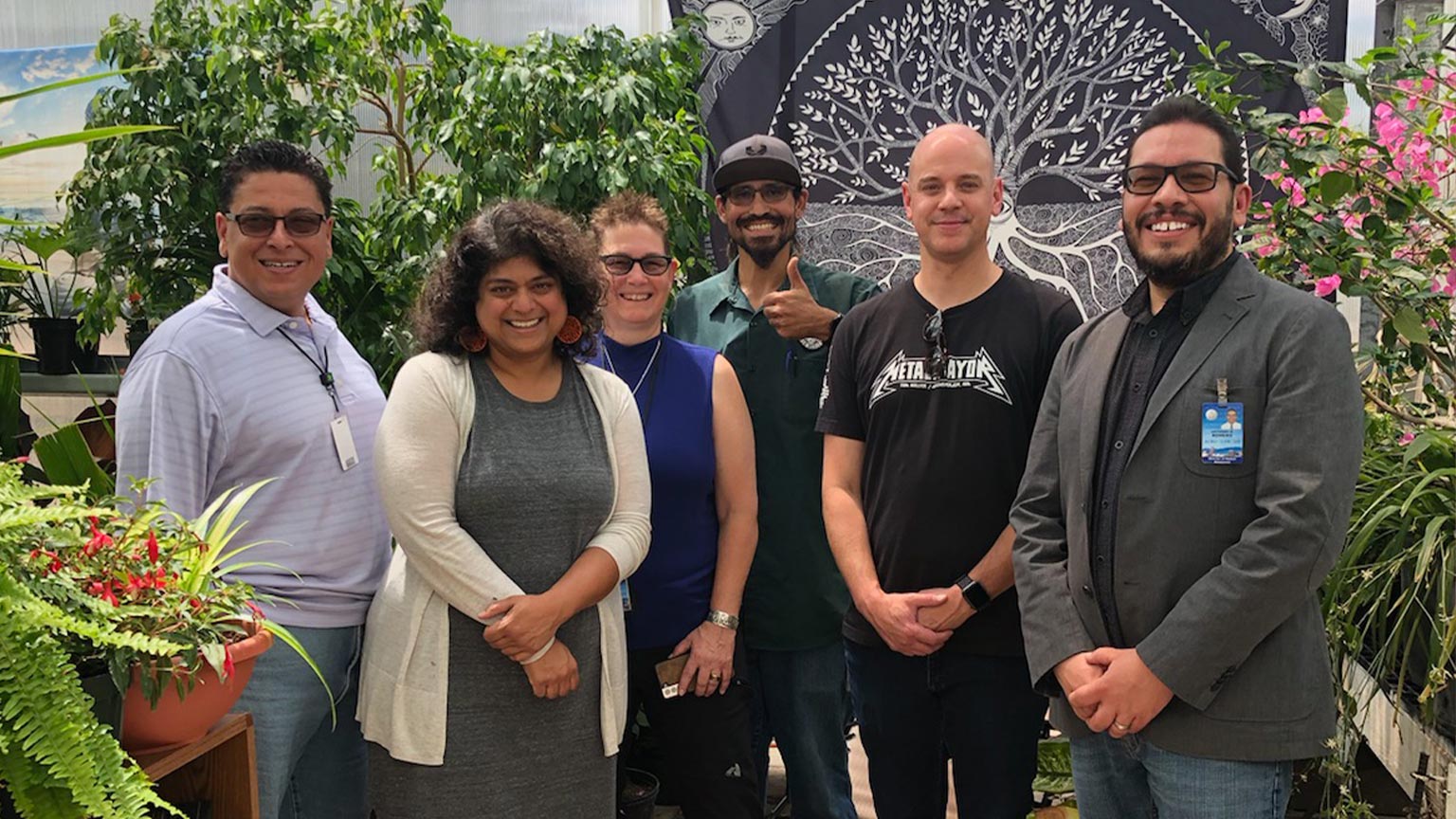
Part of the wellness toolkit for leaders is a suggested meeting agenda that recommends incorporating stretching or a short break for all meetings that run longer than 60 minutes. Leaders are also encouraged to integrate wellness by having a head/heart check.
“It really doesn’t take that much to infuse the meeting with a little wellness, instead of just jumping straight into the nuts and bolts,” Romero said.
The city is also weaving wellness into its performance evaluations to further embed healthy practices into the culture.
“Our employees go through a talent management process, and one of the things moving forward is that we’ll be talking more about wellness in those discussions,” Romero said. “This will include encouraging employees to set a wellness goal to go along with their career goals, as part of their plan for the year. It could be attending a webinar, participating in an event, or reaching a personal milestone. Our hope is that this helps elevate the wellness discussion throughout the organization.”The Priority of Personal Touch
The HR team works with more than 25 city departments, representing both union and non-union employees. In total, the city must navigate 8 different collective bargaining agreements. This wide variety of shifts, job types, and plan structures requires a personal touch.“We have programs for various populations, designed to reach specific departments,” Karman said. “Sometimes I’m out talking to the solid waste management department early in the morning, or I’m meeting with our motorcoach operators. Or maybe I’m engaging with our police and firefighters. They all have different needs. Being able to work with each of them really speaks to the collaboration we’ve built into the program. It is one of our main goals.“
The city has developed wide support, collaboration, and organizational alignment for wellness, including a Better Health Ambassador network that helps them personalize wellness for different parts of the population, while more effectively connecting with hard-to-reach segments.
“We have more than 50 health ambassadors who commit to year-long assignments to engage their specific department or division,” Karman explained. “We equip them with training, a toolkit, some cool swag, and we make sure they thoroughly understand how to help us execute our plan. Our ambassadors are the eyes and ears of our program. They surface unmet needs. They help us unite our population.”
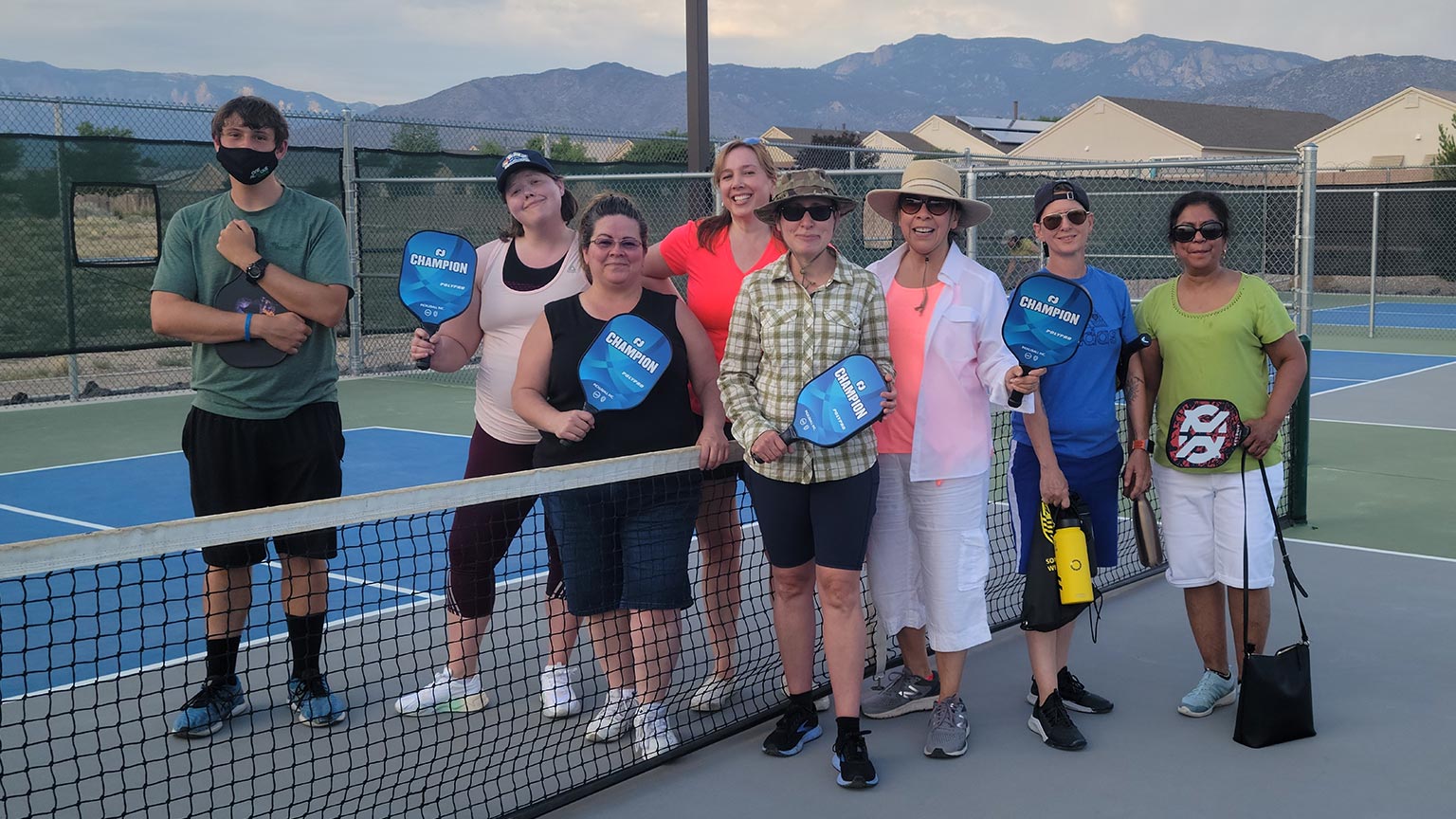
The city also offers a variety of wellness webinars to support its staff, including leadership training, wellness ambassador educational sessions, and all-employee webinars on mental health. Some of the leadership training is also available to all city employees. These sessions have been important in building resiliency and deepening engagement in wellness.
“We face challenges as humans every day, so it’s how we respond that matters most,” Romero said. “That’s a big part of what we’re focused on with wellness. How do we help our employees respond?”
Romero recalls one morning when a series of events left him running late to kick off one of the city’s first wellness webinars for staff. As he sat in his car, stuck in traffic, he felt his blood pressure rising. He pulled over and made a decision to host the meeting remotely on a nearby park bench.
“The day was going negative for me very quickly, and I was not in the right frame of mind to be kicking off a wellness discussion,” he said. “There was a park bench I passed on my way to work every day, and I always thought to myself that it would be a nice spot to sit and relax. As I sat on that bench, I was immediately in a better mood. I was grounded. It also turned out to be a very effective way to open the webinar, because I was leading with transparency at that moment and showing what it looks like to take care of yourself while still showing up to do your job.”
